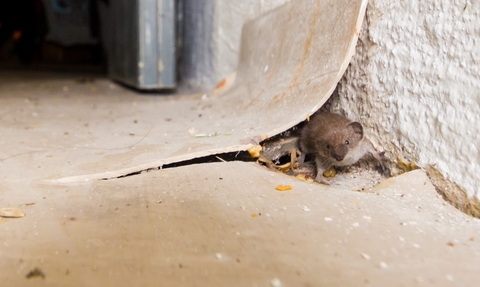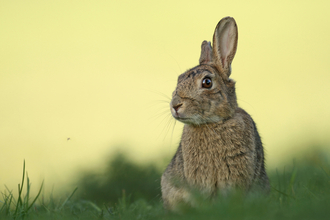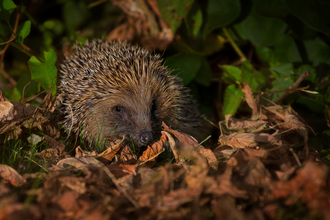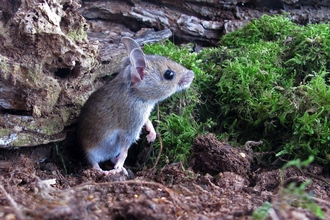
Scilly shrew
Lesser white-toothed shrew
The lesser white-toothed shrew is a tiny shrew with brownish fur, a grey underbelly, and large ears (comparative to other shrews!). The Scilly Shrew was once considered its own subspecies, until skull and tooth measurements were matched with those in the Channel Islands.
The lesser-white toothed shrew is so named as the teeth are coated in white, as supposed to the red-tipped teeth found in other species of shrew.
The behaviour of the Scilly Shrew is somewhat different to other lesser white-toothed shrews due to the unique habitat of the islands. They have adapted well to life by the sea and are commonly seen exploring rocky coastal paths and in the sheltered undergrowth near beaches.
Scilly shrews commonly feed on invertebrates, including beetles, worms and sandhoppers. They will also forage for breadcrumbs and spiders in kitchens. This quiet and allusive rodent can sometimes be heard chittering quietly as it forages for food. If threatened, they can become aggressive and squeak.
There is evidence of the lesser white-toothed shrew existing on Scilly since the Bronze Age, as far back as when the islands were a single landmass. It is unknown how the shrews arrived, although it is believed they may have stowed away on visiting ships during prehistoric times.
Young shrews follow their mothers by biting each other's tails and forming a chain, known as forming a ‘caravan.’ Nesting birds, rare plants and special habitats all benefit from our targeted conservation work, as well as Scilly shrews.
Find out more
Scilly may have plentiful wildlife, but we don't have many land mammals at all. Discover the other species you might see.



